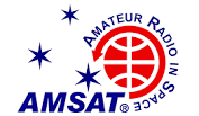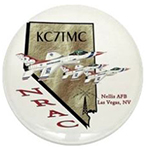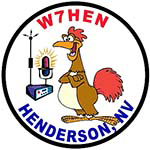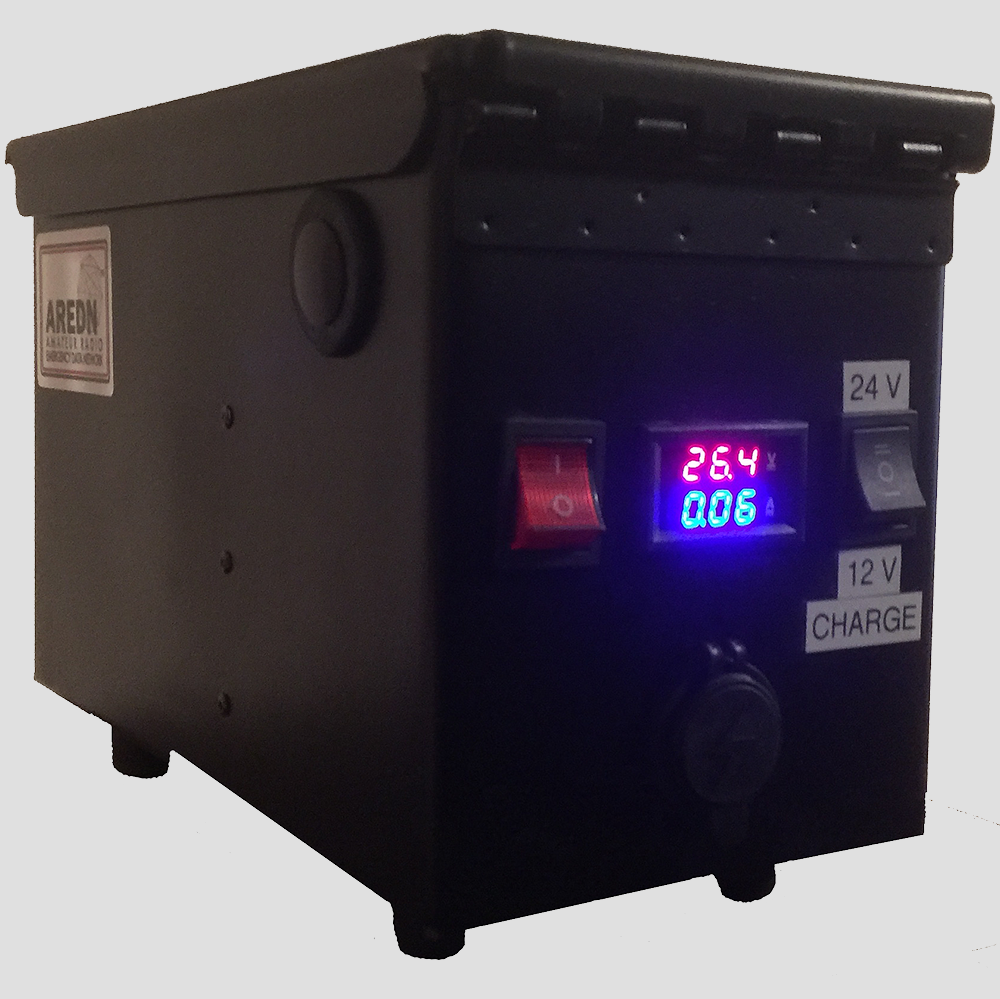Communicate - Construct - Experiment - educate
Four Pilars of Amateur Radio Activity










NEWS
Las Vegas Amateur Radio Balloon Group News
Some WSPR transmissions have been picked from the ALP40-Alpha balloon, which confirms it is down in Brazil at grid square GI67DM, with an altitude of about 400′. The area is very rural, so no attempt at recovery will be made.
Las Vegas Amateur Radio Balloon Group News
Sadly, American Legion Amateur Radio Club’s first balloon ALP40-A (Alpha) went silent overnight, April 17/18, 2024 and has not been heard from in 24 hours. Alpha was over Brazil amongst numerous thunderstorms, super cells, with heights in excess of 55,000′. Most likely it went down somewhere in the area West of Sao Luis, Brazil. The balloon had been up for over 74 days, traveled over 150,000 miles and 6+ laps around the world. We at TALARC consider it a successful first effort at Pico ballooning.
Las Vegas Amateur Radio Balloon Group News
Tom, KB7HTA gave a presentation about Pico (Floater) Balloons to the Las Vegas Radio Amateur Club’s monthly meeting on the evening of April 17, 2024 with about 45 Hams present. The presentation ran about 70 minutes with a lot of questions from the audience. A PDF version of the presentation can be found here.
Las Vegas Amateur Radio Balloon Group News
A American Legion Amateur Radio Club (TALARC) launched its second Pico (Floater) Balloon on Wednesday April 10, 2024 from the Boulder City Dry Lake Bed at 8:30 am. It was a successful launch with over 10 people present. Sadly, the balloon was aloft for only 18 hours before coming down near Alpine, Texas. The great news is that after several hours and 9 miles on the pedometer Charlie, N5CET found the balloon in a mesquite tree.
The ALP40-2 balloon’s track can be seen here. Photo of the launch. Finally, Charlie’s after action report on finding the balloon.
ALP40-1 continues to circle the globe and has even crossed the Equator into the Southern Hemisphere. It is now headed for Lima, Peru, Bolivia and points South and East.
Las Vegas Amateur Radio Balloon Group News
A American Legion Amateur Radio Club (TALARC) launched its first Floater Balloon on Saturday, February 3, 2024 from the Boulder City Dry Lake Bed at 9:35 am. The balloon can be tracked at the lu7aa.org website (nice GUI) or data can be displayed over a period of time and downloaded from here. There is also a great website, SondeHub, which if you select a balloon and then click on the “Float” button, it will display a predicted future track. Some launch photos follow: TALARC Launch Team(L to R)-Shane KG7QWH-Linda KJ7OWF-Tom KB7HTA-Tristan, Launch-Tom KB7HTA-Shane KG7QWH, TALARC Balloon-Up Up and Away , QRP-Labe U4B-Solar Panels-Super Cap-Balloon Payload, Components for Balloon Payload and Balloon Payload-QRP Labe U4B-Solar Panels-Super Cap-Frame ABS CF. Many thanks to Tristan for all the great photos of the launch and Linda, KJ7OWF (CAPCOM), who monitored the HF WSPR packets to give us a GO for launch once the balloon was operating properly.
TALARC First Balloon Construction Details.
The balloon group meets every 2nd Wednesday at the American Legion Post 40 Annex (Trailer) at 6 pm. The address is 425 E Van Wagenen St, Henderson, NV 89015. Everyone is welcome, please join in on the fun.
Weekly LVMesh NET
Every Sunday starting at 6:45 pm there is a NET using Team Talk 5 (similar to Zoom) over the LVMesh Network. If you would like to participate, please contact Tom, KB7HTA, for more information. His contact information is available through QRZ. The NET usually sees about 7 regulars, Frank (N7ZEV), Dale (WA6MZW), Robert (N7GET), Don (KE6BXT), Tom (KB7HTA), Steven (N6SFX) and Wayne (N7HWM), with others joining in periodically.
AllStar Over LVMesh
AllStar over LVMesh has been tested, with encouraging results. A private connection from the QTH of KB7HTA through the Apex repeater site, KO0OOO repeater site, Potosi repeater site and finally to the W7HEN public hub at the QTH of K6FYN was made during the Henderson Sunday night NET on October 4th, 2020. The AllStar over LVMesh private network consists of Richard, KO0OOO (node#1500), Tom, KB7HTA (node#1501), Rick, K7FYI (node#1502) and Lawrence, k6YFN (node#1503). A few hardware improvements need to be made before testing continues.
Mesh Power Box
In working with mesh nodes, it was clear there was a need for a power box, which could supply both 12 volts and 24 volts. Even though, many nodes will operate using 12 volts, 24 volts is recommended. Also, the use of longer Ethernet cables, will drop the supply voltage significantly. In the “Projects” section, I have provided details on how to construct such a box.
